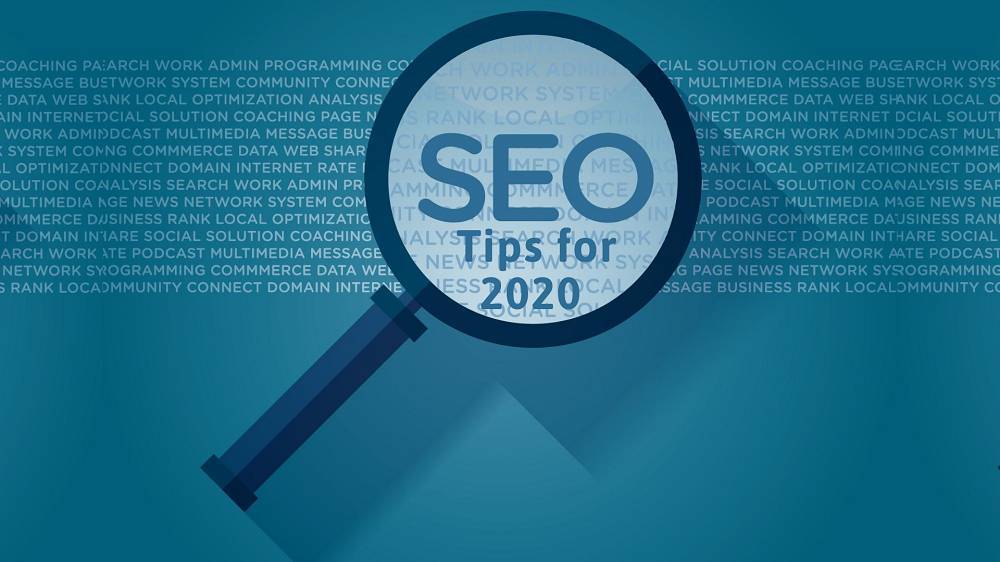Even if you’re new the concept of image SEO and don’t understand why a piece of writing would prefer to mention image SEO tips, hang on! Correct SEO practices are a goldmine waiting to be unleashed. I’ll just start by saying – all of your digital marketing efforts will enter vain if you are doing not leverage this integral marketing element – SEO.
Before jumping to image SEO tips, let’s first affect the fundamentals
What is SEO?
The unpaid strategy that goes into making any given website rank higher on an enquiry engine is named SEO.
Search Engine Optimisation is actually optimising your site in order that it gets picked up by search engines and gets displayed on relevant searches resulting in higher traffic. The strategy is unpaid and thus focuses on ‘organic’ results. Under this, the planning , content, images, links, and writing – everything must be optimised during a way that search engines (Google, 90% of the time) show the web site as a top result when someone searches for a related keyword.
Why does SEO matter within the digital marketing world?
Not a secret: Yout website visitors are your potential customers!
SEO matters because:
- To welcome an influx of online traffic, you would like to rank higher on Google.
- 33% of clicks on an enquiry engine are on the primary ranking page, and 75% of all clicks are on the primary five listings. SEO is that the thanks to go if you would like users to click on your website.
- The higher your rank, the higher are going to be your brand’s visibility and thus credibility.
- High ranking builds trust and digital authority like nothing else.
- Once users trust your brand, sales are sure to follow.
- The indirect advantage of SEO is that once you spend time optimizing your website, you furthermore may find yourself enhancing its usability and fine-tuning user experience.
- SEO helps you build and sustain a top quality relationship together with your audience.
- It gives you the much-needed competitive edge which may be a tough nut to crack in present times.
- SEO gives you a foothold and shoots up your conversions.
- All of this adds to more sales, a loyal customer base, and substantial business growth.
Why is it important for images to be SEO optimised?
Image optimisation matters because:
- They extend contextual information to the program which directly affects the page ranking.
- Your page loading speed is enhanced which successively increases user engagement.
- Images consume significantly higher bytes than the other component of an internet site . This emphasizes the very fact that their size and complexity is sure to influence a site’s performance.
- Aberdeen Group’s study suggests that even a second’s delay in page load time results in a 7% drop by conversions. Also, around 40% of people will abandon your website if it takes quite three seconds to load. Image optimization involves the rescue here.
- If you’ll reduce the dimensions of your image, maintaining their quality, your page loading time will improve drastically.
- Improved page load time = improved user experience. this may encourage conversions and enhance your customer retention rate.
- Optimised images require less storage on the server and thus site backups are quick and efficient.
Here are 7 Image SEO tips to stay in mind while optimising images:
1. Name it right:
This has got to top the list of image SEO tips because it’s so obvious and easy and yet most folks miss out thereon . Google must be clear about what your image’s message is – without even watching it. How does that happen? By naming your image. Use your focus keyword/keyphrase at the very beginning within the image file name. for instance , if your image displays dogs, the file name shouldn’t be GDS5654.jpg, but dog.jpg.
2. Format it right:
When speaking of crucial image SEO tips, formatting is what is going to follow. Here’s the way to zero-in:
JPEG offers color and clarity with a relatively small file size.
PNG to stay background transparency intact
WebP for a mixture of high-quality results and little file sizes.
SVG especially for logos and icons.
3. Scale it right:
The quicker a page loads, the higher it’s for SEO and user experience. Images have an enormous role to play within the loading time of a page. the utmost width of your images are often 720 px, regardless of what your screen size is. Images wider than 720 px are then automatically resized to suit the screen.
Note that the browser still has got to bear the burden of loading the image in its full-size i.e., if your image is 3500px, the browser would load it entirely then display it at 720 px. To avoid this, resize your images effectively to suit the width you would like.
4. Dial down the size:
The next within the list of image SEO tips is to compress the image and offer the littlest file size. Keep experimenting with various file sizes without being afraid. The visual quality usually faces little to no noticeable difference while the file size numbers dial down remarkably.
5. Leverage Responsive images:
Speaking of image SEO tips, we cannot miss out on the magic of srcset – the HTML code to instruct the browser to load different versions of a picture in accordance with different screen resolutions.
Suppose you upload a 620 px image and someone visits your webpage employing a smartphone with 420px display, then their browser has got to unnecessarily suffer the load of 620 px when it can do so perfectly with 420 px. that’s where responsive images drop by . as an example , here it’ll dial down your 620 px image to 420 px to fit your smartphone display.
6. Add captions and alt text:
We all are wont to skimming and scanning through a piece of writing . Another point in image SEO tips, therefore, would be to incorporate captions (text) together with your image when needed. KissMetrics stated that a mean reader goes through the captions under images 300% quite the copy itself.
Apart from this, add alt text to your images – it ensures that each one information is unbroken albeit the image isn’t available to the user. This alternative text must include an SEO keyword in order that the image is obvious to the program also on the user.
7. Include structured data:
It’s simple – you’ll use structured data to point out your users what quite content is related to your image on your webpage. By doing this, you’ll encourage better quality traffic to your website. Currently, the three markups that Google gives you’re products, recipes, and videos. you’ll use the markup that describes your content the simplest .
I’d wish to leave you with the maxim: Knowing isn’t enough, you would like to require action. Now that you’re conscious of the strategies that enter making your page rank higher, confirm you experiment effectively. You’ll now incorporate the simplest images and leverage these image SEO tips to welcome quality traffic, sales, and growth to your business.

